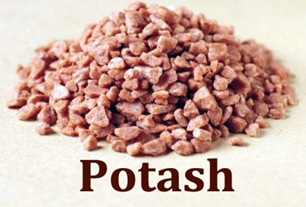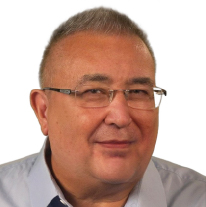All of us have enduring childhood summer memories.
I remember the sweet taste of fat, wild blackberries we picked by the Puyallup River, the neighborhood pickup game of baseball in the cow pasture, family BBQs at Surprise Lake, clam-digging in Hood Canal, and the summertime stink of rotting cow blood.
Rotting blood?
Longtime readers know that I was raised on a vegetable farm in western Washington. Our main crops were radishes and green onions.
Our family farm was small, and my parents worked like the devil to scratch a living out of its soil. Life wasn’t easy, but we never went hungry and my parents found a way to send all three of their children to college through hard work and frugal spending.
One way my father stretched a dollar was to avoid what he called "store-bought" fertilizer. He used cow blood from a nearby cattle slaughterhouse instead. I remember being unable to fall asleep in July because the combination of the hot summer sun and acres of farmland drenched with cattle blood created a horrible stench.
 |
Of course, that stinky blood was an excellent (and cheap) fertilizer — and one of the reasons that my father grew the most beautiful vegetables in the valley.
Smelly or not, every farmer needs to use fertilizer and the most-used and most-important fertilizer is potash.
What's So Special
About Potash?
 |
Land treated with potash is extremely high-yielding. Potash also improves water retention, nutrient value, taste, color, texture and disease resistance.
It is used for fruit and vegetables, rice, wheat and other grains, sugar, corn, soybeans, palm oil and cotton.
Potash is extracted from sedimentary salt beds formed by evaporation of ancient seas. And those salts contain potassium, which is key to protecting plants from disease and pests.
But it's not just a key ingredient in growing healthy crops. Rather, it is an essential element for all living organisms.
However, potash is not your typical fertilizer. It’s mined just like metals, looks like a crystallized rock before processing, and is called “pink gold” by farmers.
Plus, there is no substitute for potash. That’s why even my frugal father bought some to supplement the cattle blood.
How You Can Mine
for Potash Profits
The United Nations forecasts that the global population will increase by more than 2 billion people to 9.7 billion by 2050 — and that means a gigantic increase in the demand for food.
 |
That is why potash is one of the commodities that I am the most bullish on.
How can you invest in potash?
Nutrien (NTR) is the world’s largest fertilizer company. It produces fertilizer and animal feed products, including potash, phosphate and nitrogen.
Mosaic (MOS) produces phosphate, nitrogen and potash nutrients for use in crops and feed.
Finally, Intrepid Potash (IPI) used to be a pure potash play but it has diversified into other minerals including salt and magnesium chloride.
I’m not suggesting that you rush out and buy any of these stocks tomorrow morning. You need to do your own homework and decide whether any of them are appropriate for your personal situation and financial goals. However, if feeding the world’s growing appetite is an investment trend you want to capitalize on in your portfolio, these stocks are very worthy of your attention.
Another thing that should merit your attention as an investor: A chilling observation in the larger market cycles my friend and colleague Sean Brodrick studies that he believes will impact most U.S. stocks in a unique way.
In fact, he recently called our founder Martin Weiss at 5:30 in the morning to share this news with him.
Next week beginning on Tuesday, Sean and Martin will be holding a special presentation to alert you, our readers, to what they see happening both at home and around the world. I urge you to view it online. Just click this link to RSVP, and you’ll be sent instructions for attending.
Best wishes,
Tony Sagami

